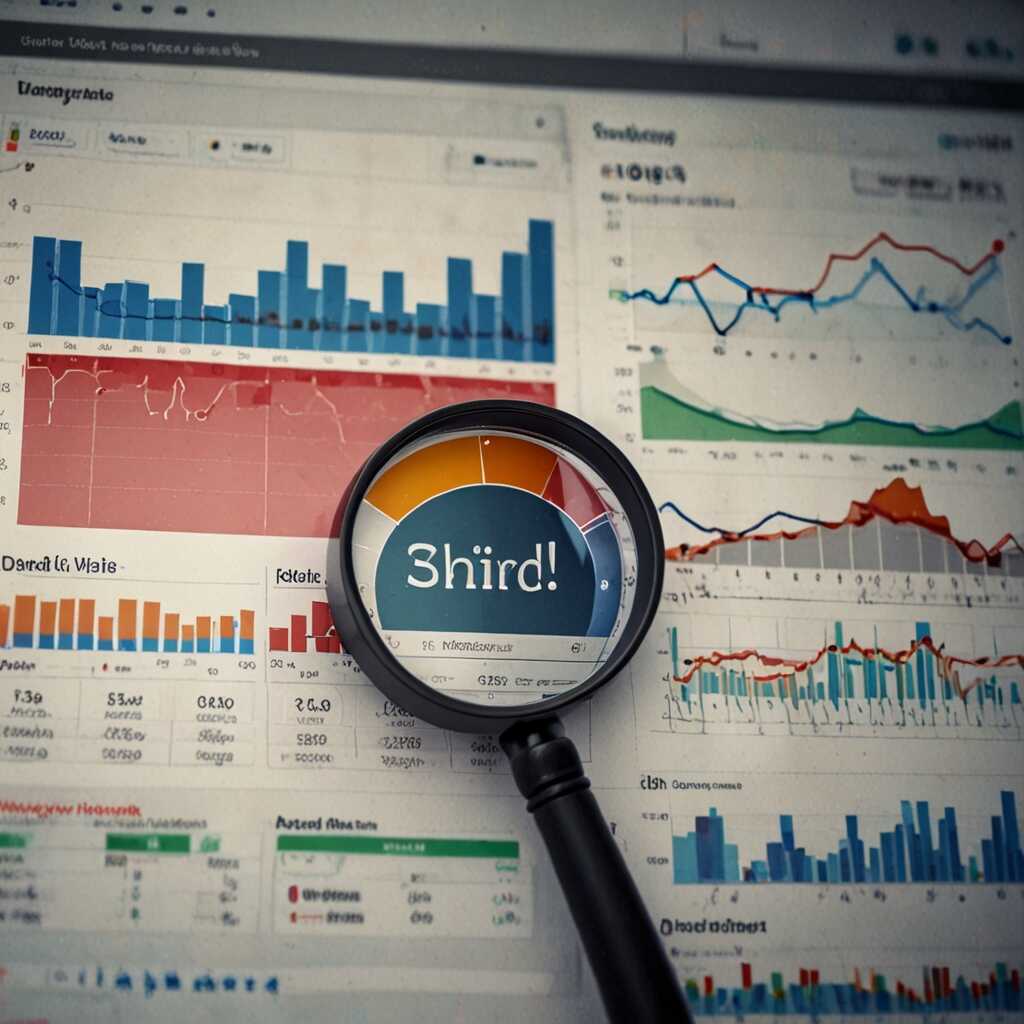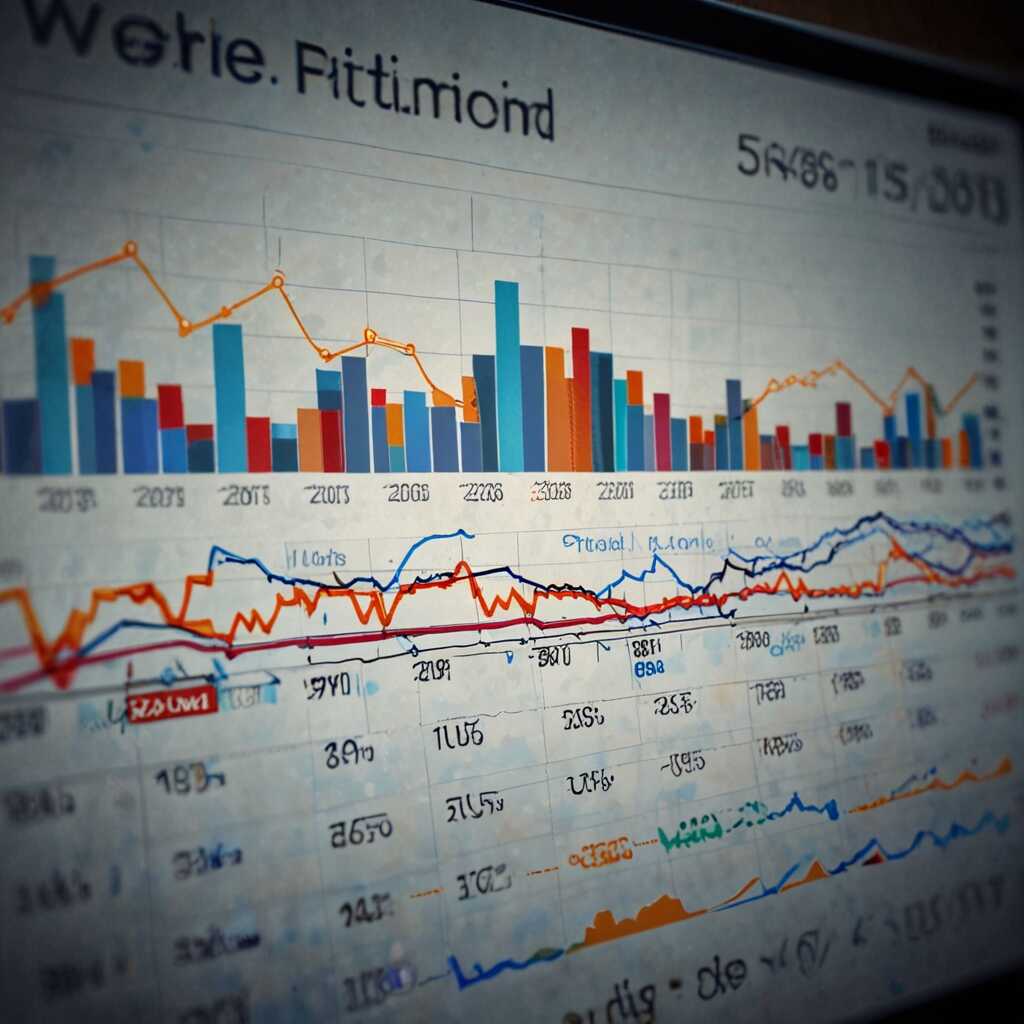Using Google Analytics to find high converting traffic sources can significantly boost your marketing efforts. By identifying which traffic sources lead to conversions, you can tailor your strategies for better results. At Metrics Rule, we believe mastering this tool will empower SEO professionals and digital marketers to enhance their data-driven decision-making. Understanding your traffic sources is key to improving your overall return on investment.
Understanding the Basics of Traffic Sources in Google Analytics
Google Analytics categorizes traffic sources into several types, including organic search, paid search, direct traffic, referral traffic, and social media. Understanding these traffic sources is essential for marketers seeking to enhance their conversion rates. Organic search traffic originates from search engine results and is often viewed as the most reliable source for quality leads. Paid search refers to Google Ads or Bing Ads, which can provide immediate visibility but require ongoing investment. Direct traffic includes visitors who type your website’s URL directly. Referral traffic signifies visitors coming from links on other websites. Lastly, social media traffic encompasses visitors referred from platforms like Facebook, Instagram, and Twitter. Each type of traffic offers unique insights, impacting conversion rates in different ways, enabling a well-rounded marketing strategy.
Comparing the Effectiveness of Different Traffic Sources
When assessing the effectiveness of traffic sources, a comparison of organic search, paid search, direct traffic, referral traffic, and social media traffic reveals vital insights. Organic search traffic often delivers the highest conversion rates due to its targeted nature. Paid search can be effective in driving quick traffic, but it requires ongoing funding to maintain performance. Direct traffic frequently signals brand awareness, as users are already familiar with your site. Referral traffic can introduce new users but typically converts at lower rates unless backed by strong content. Social media traffic varies widely; engaging content can boost conversions significantly, but it often requires testing and optimization. Each source provides distinct advantages, helping marketers optimize their strategies for better results.
Configuring Google Analytics for Optimal Data Collection
To ensure the accuracy of data collection in Google Analytics, you should start by correctly setting your property and view settings. This includes enabling IP anonymization to protect user privacy while ensuring reliable data. Next, set up your goals and conversions carefully, which is essential for tracking e-commerce conversions. Additionally, using UTM parameters will enhance your ability to identify traffic sources accurately. Understanding the custom dimensions limits, which includes up to 50 custom dimensions in Google Analytics 4, is crucial for tailored insights. Regular testing of your configurations will help maintain high data quality and reliability, leading to better decision-making based on analytics results.
Essential Google Analytics Settings for E-commerce Tracking
Setting up Google Analytics for e-commerce requires specific configurations to optimize your data collection. Begin by enabling e-commerce tracking in your property’s view settings, which allows you to gather valuable insights into product performance. Implement Enhanced Ecommerce features to capture detailed interactions, such as product impressions, clicks, and transactions. This feature provides a comprehensive view of your customers’ journey from product selection to checkout. Additionally, link your Google Ads account to track paid advertising performance effectively. By enabling these essential settings, you can better analyze conversion rates and adjust your digital marketing strategies to enhance your overall e-commerce performance.

Techniques for Identifying High-Performing Traffic Sources
To segment your traffic sources in Google Analytics effectively, first navigate to the “Acquisition” section. Here, you can filter traffic sources based on various criteria like channel, medium, or source. This helps you identify which traffic sources have high conversion rates. By analyzing metrics such as bounce rate, average session duration, and goal completions, you can better understand user engagement. Different traffic sources like organic search, paid search, social media, or email often provide unique insights that can impact your conversion optimization strategies significantly. It’s vital to assess the performance of these sources to ultimately enhance your overall marketing ROI.
Understanding Traffic Source Impact on Conversions
Different traffic sources available in Google Analytics can greatly influence your conversion rates. For instance, e-commerce users coming from organic search may convert higher than those from paid campaigns if they trust your brand. To measure this impact, analyze the “Source/Medium” report to compare user behavior across different sources. Evaluating data regarding specific channels helps you identify which ones deliver the best performance and, consequently, the highest conversions. Regularly reviewing and testing these sources will ensure you adapt your strategies effectively to maximize the efficiency of your campaigns and drive sales.
Important Statistics to Know About Analyzing Traffic Sources
- Over 80% of online marketers use analytical tools to improve traffic quality.
- Google Analytics tracks over 1.5 billion users each month worldwide.
- About 37% of conversions come from organic search traffic.
- Average conversion rates for e-commerce sites are around 1-3% and can increase significantly with proper analysis.
- Businesses using tracking tools report a 20% increase in ROI within the first year.
- Mobile traffic constitutes over 50% of total internet traffic, making its analysis crucial.
- Approximately 70% of marketers believe that data-driven decisions enhance their marketing strategies.

Understanding User Interaction on Different Traffic Channels
Marketers can analyze user interactions on their site using Google Analytics by tracking metrics such as bounce rate, average session duration, and conversions. These metrics allow them to assess how visitors from different traffic sources engage with content. For example, organic traffic often has better engagement levels compared to paid ads due to its more targeted nature. By comparing user behavior across social media and referral traffic, marketers can determine which channels provide the highest conversion rates. Understanding these interaction dynamics enables the development of effective marketing strategies that enhance conversion optimization.
Comparative Analysis of Traffic Channel Engagement
Conducting a comparative analysis of user engagement across traffic channels can reveal valuable insights. Organic search traffic generally leads to higher quality interactions due to users’ intent. In contrast, paid ads might attract users curious about products but often results in shorter sessions. Social media interactions may vary widely based on content shared but can drive significant traffic if tailored correctly. E-commerce managers can leverage these insights to shift resources towards higher-performing channels, ultimately improving overall conversion rates. To achieve this, using Google Analytics metrics helps ensure a reliable understanding of traffic channel performance.

Setting Up Goals to Measure Conversion Effectiveness
Establishing goals in Google Analytics is crucial for measuring conversion success. Goals help track specific actions like completing a purchase or signing up for a newsletter. You can set up goals by navigating to the Admin section in Google Analytics, then clicking on “Goals” under the relevant view. Choose a new goal template or customize one. This process includes defining the goal type, such as destination, duration, pages/screens per session, or event. Tracking these metrics yields essential insights into your marketing performance, helping you focus on high-converting traffic sources.
Identifying the Most Effective Conversion Goals for Your Business
Businesses must analyze their marketing strategies to determine which conversion goals yield the best results. Evaluating customer behavior and identifying key actions leading to successful conversions are essential. For example, if e-commerce businesses find that email sign-ups lead to increased sales, they should prioritize this goal. By reviewing Google Analytics data, businesses can enhance their understanding of user behavior, adjusting their strategies to optimize for increased sales and engagement. This helps tailor marketing efforts, enabling reliable growth in conversions and improved overall performance.
Advantages of Leveraging Analytics for Traffic Insights
- Identify which channels drive the most valuable visitors to your site.
- Improve marketing strategies by focusing on high-converting channels through Google Analytics insights.
- Enhance user experience by understanding visitors’ behaviors and preferences.
- Measure the success of campaigns in real-time and adjust settings accordingly.
- Save budget by reallocating funds to the best-performing traffic sources.
- Discover audience demographics to tailor content for better engagement.
- Gain a competitive edge by staying ahead of trends in user behavior.

Data Interpretation for Enhanced Marketing Decisions
Understanding Google Analytics requires key techniques for interpreting data effectively. Analyzing traffic source data helps identify which sources, such as organic, social media, and referrals, bring valuable visitors. By leveraging the features of Google Analytics, users can gain insights into user behavior, enabling them to make better marketing decisions that enhance conversion rates. To effectively measure these conversion rates, businesses can compare performance across different traffic sources, ensuring a robust analysis and refined marketing strategies.
Understanding User Behavior Across Traffic Sources
To gain deeper insights, businesses should utilize Google Analytics features that track user behavior across their various traffic sources. This includes metrics like bounce rate, session duration, and page views. By examining these metrics for each traffic source, you can distinguish which channels lead to engaged visitors. High engagement often correlates with higher conversion rates, making it essential to focus on optimizing those sources. Analyzing behavior not only helps refine marketing efforts but also ensures that resources are directed toward the most effective channels, improving overall performance.
Making Data-Driven Changes to Your Marketing Strategy
Using Google Analytics, businesses can easily identify which traffic sources lead to high conversions through careful analysis. By examining metrics like bounce rate, session duration, and conversion rates from different traffic sources, you can pinpoint which ones perform best. For example, if social media campaigns are driving quality traffic with high conversions, focusing your marketing efforts there can enhance efficiency. Conversely, if certain paid ads yield low conversions despite high traffic, you might consider revising or terminating those campaigns. Implementing these data-driven decisions will likely result in a significant increase in conversion rates, making your marketing strategy more effective.
Analyzing Traffic Sources for Effective Marketing Adjustments
Marketers should regularly review their traffic sources using Google Analytics to ensure they make informed adjustments. This involves tracking essential metrics such as traffic source attribution, user behavior on landing pages, and conversion paths. By evaluating which keywords and channels bring the most valuable traffic, businesses gain insights that are proven to enhance performance. For example, if organic search traffic is delivering higher conversion rates than paid ads, reallocating the budget towards SEO efforts, such as content optimization and keyword research, could yield excellent results. These adjustments should be part of an ongoing strategy that includes testing different approaches and continually optimizing for the best performance.
Comparative Insights on Brands and Their Target Audiences
- Brand A primarily serves small business owners interested in analytics tools.
- Brand B targets large enterprises, but may lack features desired by independent entrepreneurs.
- Brand C provides analytics for e-commerce, showing strong performance in conversion tracking.
- Brand D caters to digital marketers focusing on social media traffic insights, making it user-friendly.
- Brand E specializes in tracking ad performance, appealing to advertising agencies and marketers.
- Non-profits also value analytics for funding sources, though they may have limited budgets.
- A solopreneur may find simplified tools more effective than complex systems designed for enterprises.
Importance of Ongoing Traffic Source Analysis
Consistently monitoring traffic sources is essential for understanding which channels drive high conversions. This ongoing analysis helps identify trends that improve marketing ROI. By examining data from Google Analytics, marketers can ensure their strategies remain effective and data-driven. For example, a website may find that organic search and social media bring in the most engaged visitors. By optimizing these reliable sources through continuous testing and adjustment, businesses can enhance their results significantly.
Key Metrics to Track in Traffic Source Analysis
When analyzing traffic sources, it’s crucial to focus on key metrics like conversion rate, bounce rate, and average session duration. Tools such as Google Analytics provide in-depth insights into user behavior, helping businesses understand how visitors interact with their websites. For industries like e-commerce, observing metrics like product page views and cart abandonment rates can highlight necessary adjustments. Ensuring timely reviews allows you to compare outcomes effectively and spot trends that might enhance website performance and boost sales in 2025 and beyond.
